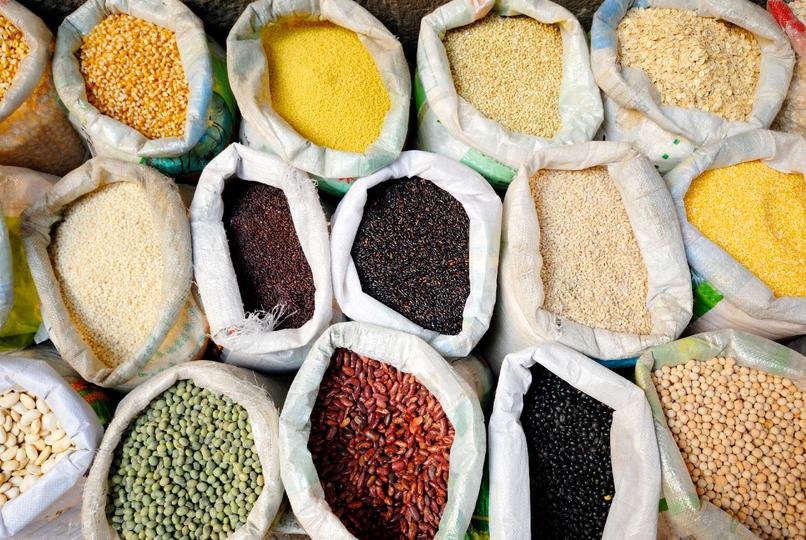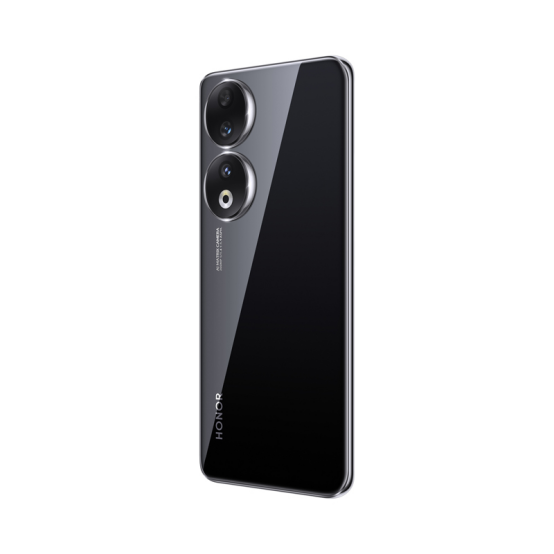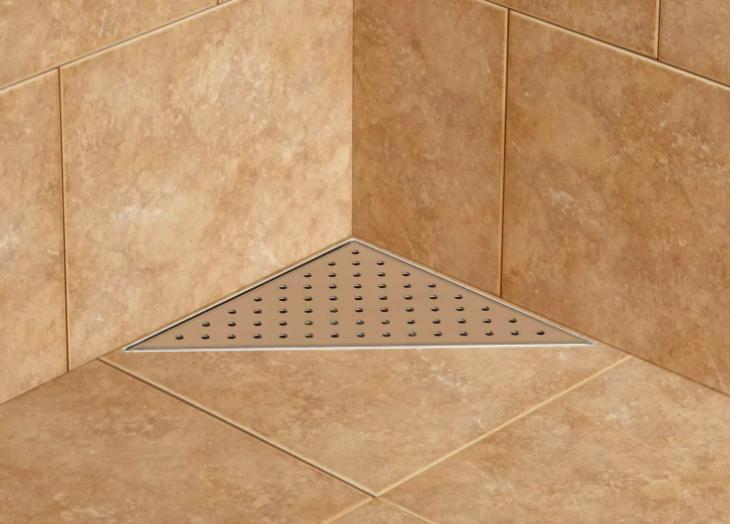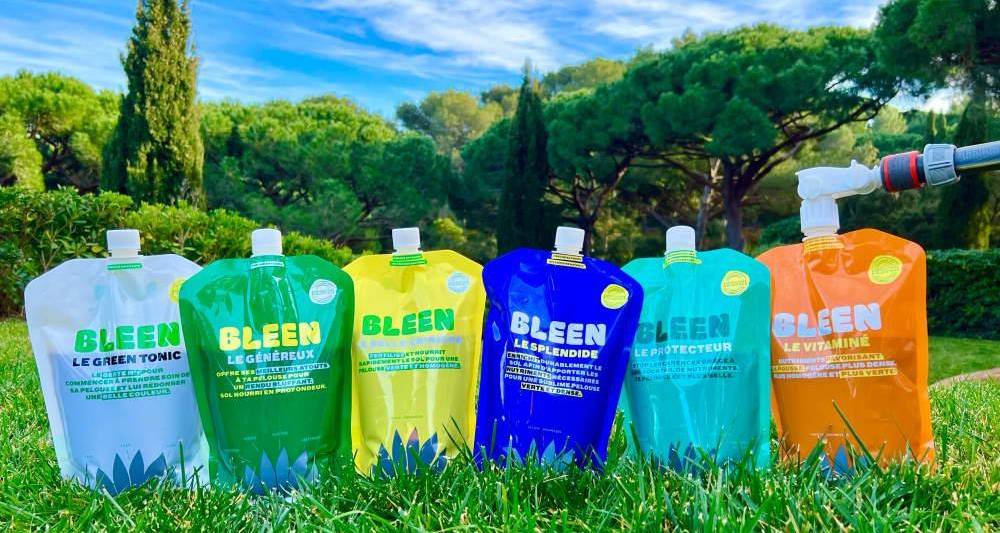Challenges and opportunities for seed and cereal processors
However, to take advantage of these expanding markets, it is necessary to overcome certain operating challenges.In this statement we identify these challenges, we briefly analyze the technologies available to overcome them and explain why they can open the door to new business opportunities.
Great opportunities One of the main reasons for the growing popularity of seeds and cereals, which makes experts forecast that sales will continue to increase over the next few years, is the increase in income in very populated developing countries.Every year, millions of people have more money for immediate consumer goods, including food.We have already witnessed seismic changes in global consumption caused by economic growth in the most populous country in the world, China, and a recent study carried out on 130 countries by the economic analysis company, Focuseconomics concluded that, in the next five years, thegreater growth economy around the world will be that of the second most populated country, India.Another weight of weight is the increasingly important trend, especially in developed countries, to consume healthy foods.
Consumers are increasingly looking for "clean label" products, that is, those that contain natural and healthy ingredients.This assumes that different types of seeds and cereals to more traditional foods are being added increasingly.The best -selling examples of this trend are bread, pastries and snacks, all of them products produced and consumed in large quantities.
Therefore, it is not just a fashion or a mere detour in sales graphics.Market researchers foresee that in the next five years (probably for much longer) the seed market will experience annual growth rate (TCCA) of 6-8 %.
This will mean moving from 63.000 million dollars in 2020, at 85 or 90.000 million in 2025.In that same period, the cereal market is expected to grow at a TCCA around 6 %, going from 1.150 million dollars at 1.556 million.It should also be remembered that the seeds include coffee beans, a source of one of the most consumed drinks worldwide.
In autumn of 2021, coffee prices reached new historical maximums, according to the World Coffee Organization.Although the price of fluctuate crops due to weather conditions and productions variations, global demand remains inexorably upward.
During the next five years, the annual value of the coffee bean market is expected to exceed 27.000 million dollars at a TCCA of 6.7 %.Much of this growth is due to the growing demand for coffee capsules for home consumption and the opening of new franchises such as CCD and Starbucks in many countries around the world, including China and India.
PROCESSING CHALLENGES The greatest challenge facing processors of this type of products is that this growing demand will probably take place in markets with little tolerance to imperfections in the product.Thus, it is more important than ever that the processing lines detect and expel foreign materials, defective product, a product that produces cross contamination or is contaminated with mycotoxins.In this sense, mycotoxins or aphatoxins are a real problem: this natural toxic can contaminate corn grains destined for food use for people and pets, it can be easily lethal for dogs and cats, and it is still very difficult to detect.
Another retro is the delay that the supply has regarding demand in many types of seeds and cereals;years may be needed to plant more crops or improve the production of existing ones.Therefore, processors must be more effective than ever when reducing food waste.It is no longer acceptable.In addition, rejecting too good product within bad products is how to waste possible income.

Another challenge, which will undoubtedly be more important within not much time, is the appearance of genetically modified crops.While the sale of genetically modified foods will be something much more common, it is likely that they are not well received by all consumers and that, even, some food authority may restrict them or prohibit them.Therefore, for the processors it is essential to avoid that genetically modified foods end up suffering cross pollution with those who are.It is also important to prevent cross pollution that makes a product include unwanted ingredients, such as soybeans, that are allergens.Reasons for good optimism is that all these challenges, including the silent threat of Aflatoxin, can easily be used using modern optical classification machines.Tomra Food, leader of the sector, offers a wide range of classification solutions with different sophistication levels to perform tasks of different complexity.These machines are precisely calibrate for concrete food applications and are very effective with many types of seeds and cereals.Tomra machines are already used throughout the world, classify seeds and corn, beans, lentils, chickpeas, peas, beans, sunflower seeds, sesame, pumpkin and roasted coffee beans and without toast.
In addition to improving food security and product quality, Tomra classifiers offer other advantages.These machines can calibrate according to the specification, increase the efficiency of elimination, minimize false rejections, reduce or eliminate the need for manual intervention and reduce or eliminate dependence on manual work.This last issue is especially important in developing countries where, traditionally, processing companies have used more people than machines in classification work: while the manual classification is subjective, imperfect and is subject to errors, especially when workers are tired or tiredBoring, automatic classifiers can work time after time with maximum precision, homogeneous standards and tireless efficiency.
In addition, Tomra machines are designed so that they can easily clean, improve food hygiene and offer simple maintenance, thanks to which reduce inactivity times.And since Tomra machines are robust and their optical sensors are perfectly located, the classification results are stable even in the presence of dust or even if they are subjected to extreme temperatures.The user does not detect any drop in classification performance between the principle and the end of each shift.Varied classification solutions Tomra classifiers can inspect materials that pass through the processing line according to form, color, structure and biological characteristics.The technical specification of each machine is what marks which of these options has.In addition, it incorporates one or several forms of 'analysis': X -rays, high -resolution cameras, lasers, near infrared (NIR) sensors, and exclusive Tomra of identification of biometric characteristics.There are several Tomra machines that best adapt to seeds and cereals: the Ixus Bulk, the 3C Tomra and the Nimbus BSI+, according to the specific requirements.
The Ixus Bulk uses the latest X -ray and image technology to detect strange materials of high density, such as metals, stone, glass and plastic.The ZEA, specifically developed for the planting corn industry, is an economic machine based on sensors for the classification and calibration of leaves, defects, diseases and size of corn cobs.
Tomra 3C combines high -resolution cameras with LED lights and laser or NIR units to eliminate foreign materials and product with defects.This machine, economical and compact, occupies very little space and is one of the favorites of the operators due to its intuitive user interface Tomra Act.It works by pouring the entrance material into a hopper, then sending it towards a fall to a vibration platform, which distributes it homogeneously in a food ramp.
Subsequently, the material falls again to an identification zone, in which it is analyzed with both a dual laser and with high -sized resolution cameras.In a matter of milliseconds, the smart system of inspection rejects any defect.
The acceptable product continues towards the valid product ramp, while the material with defects is sent to the rejection.Tomra 3C technologies offer many advantages.The dual dispersion induced by the laser manages to eliminate more glass and strange material;The double -sided RGB cameras, combined with high intensity LED lights, eliminate to the most subtle defects of color and shape;The high -speed expulsion valve achieves an exceptionally low rate of false rejections;Intelligent self -clear allows the machine to maintain optimal performance;And the control interface, with its large touch screen in which the specific adjustment parameters of the application are shown, is very easy to use for any operator.
The exclusive Nimbus BSI+ combines lasers with Nir technology, visible spectroscopy and the BSI+ patented scanner of Tomra, capable of identifying the biometric characteristics of objects.This machine is also a free falling machine: a vibrator of the input or hopper material uniformly distributes the product by the free fall ramp, and once the product falls to the inspection zone, it is scanned by cameras, lasers or theBSI+, or a combination of all of them.A few milliseconds later, defects are expelled through a powerful air stream, which sends them to the rejection zone while the quality product continues its natural free fall.
The sophisticated technologies of the Nimbus BSI+ allow it to 'see' through a broader spectrum than other machines and make more precise decisions about the acceptability and calibration of the line material.When equipped with the BSI+scanner, the Nimbus can detect both the color and the chemical composition in the same pass and eliminate unwanted material and defective product that other classifiers do not detect.And when it has the detox laser module, it is also able to detect the presence of Aflatoxin.
One of the companies that have benefited the most when using the Nimbus BSI+ is select legumes Sierra Nevada, a Spanish company specialized in high quality legumes.In the words of the company's general director, Vicente Jiménez Blanes:
"When I saw the machine in operation for the first time, it seemed exceptional, but I couldn't even imagine what it is capable of.Its results are impressive: 99.9 % product purity, and we have also gone from processing 500 kg per hour to have a total installed capacity of 5.000 kg/h.The jump has been spectacular.Installing the two Nimbus BSI+ machines is the best we have done in the 57 years of our company's history ".
Otro usuario satisfecho de la TOMRA 3C y de la IXUS es Termont & Thomaes, una exitosa empresa de los Países Bajos con más de 100 años de especialización en la venta de legumbres, cereales y semillas.Ettienne Notschaele, operator at the plant that the company has in the city of Biervliet, tells us the following: "Thanks to the Tomra machines, we have increased both the quality of the products and the amounts that we process.Using the 3C Tomra and the IXUS has allowed us to have less performance losses and more satisfied customers.We are also delighted with the orientation and help that Tomra lends us, whose team does everything in his hand to find solutions that help us advance ".
Testing and demonstration center to ensure that operators extract all the potential of their machines, Tomra offers its clients Training In-Situ and puts at your disposal technical experts.And, thanks to the Visual Assist Tomra, the mobile app that has recently launched, its field engineers can work side by side with the client, even if they are thousands of kilometers away.The engineer can give precise indications as if they are in front of the customer's machine, and both engineer and client can be sent documents or images that allow them to clarify or explain any indication.
Before reaching this point, food producing companies are more than welcome to test Tomra machines with their own entrance material in the nearest test and demonstration center.There are 8 demonstrations centers around the world, located in Chile, California (EE.UU.), Belgium, Turkey, China, India, Japan and Ireland.
Due to the Covid-19 pandemic, Tomra also offers online demonstration centers.These tests are performed live through a video link.They are encouraged to ask questions, requests and one of the cameras show the procedure.At the end of the test, a video and a detailed report of results to the attendees are sent.









2006